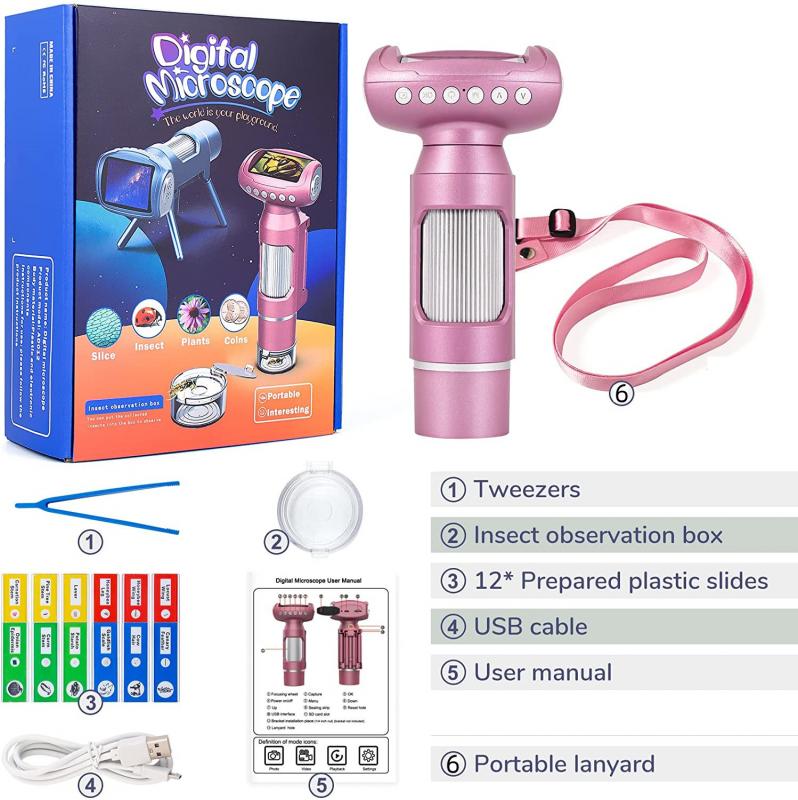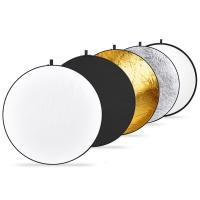What Do Tears Look Like Under A Microscope ?
Under a microscope, tears appear as a clear, watery fluid that contains various substances such as proteins, enzymes, and electrolytes. Tears are composed of three layers: the lipid layer, aqueous layer, and mucin layer. The lipid layer is the outermost layer and helps to prevent evaporation of tears. The aqueous layer is the middle layer and contains water, electrolytes, and proteins that provide nutrients and protection to the eye. The mucin layer is the innermost layer and helps to spread tears evenly over the surface of the eye. When viewed under a microscope, tears may also contain cells such as white blood cells and epithelial cells, which can provide information about the health of the eye. Overall, tears are a complex fluid that play an important role in maintaining the health and function of the eye.
1、 Tear composition and structure
Tears are a complex mixture of water, salts, proteins, and lipids that are produced by the lacrimal glands in the eyes. When viewed under a microscope, tears appear as a clear, watery fluid with various structures and components.
One of the most prominent structures in tears is the tear film, which is a thin layer of fluid that covers the surface of the eye. The tear film is composed of three layers: the lipid layer, aqueous layer, and mucin layer. The lipid layer is the outermost layer and is responsible for preventing evaporation of tears. The aqueous layer is the middle layer and contains water, electrolytes, and proteins. The mucin layer is the innermost layer and helps to spread tears evenly across the surface of the eye.
In addition to the tear film, tears also contain various proteins, including lysozyme, lactoferrin, and immunoglobulins. These proteins help to protect the eye from infection and inflammation. Tears also contain growth factors and cytokines, which play a role in wound healing and tissue repair.
Recent research has also shown that tears contain microRNAs, which are small RNA molecules that regulate gene expression. These microRNAs may play a role in the development and progression of various eye diseases, including dry eye syndrome and age-related macular degeneration.
Overall, tears are a complex mixture of structures and components that play a vital role in maintaining the health and function of the eyes. Further research is needed to fully understand the composition and function of tears and how they can be used to diagnose and treat various eye diseases.

2、 Tear film stability and dynamics
Tears are a complex mixture of water, salts, proteins, and lipids that are essential for maintaining the health and function of the eyes. When viewed under a microscope, tears appear as a thin film that covers the surface of the eye. This film is composed of three layers: the lipid layer, the aqueous layer, and the mucin layer.
The lipid layer is the outermost layer of the tear film and is composed of oils that are secreted by the meibomian glands in the eyelids. This layer helps to prevent evaporation of the tears and maintain their stability on the surface of the eye.
The aqueous layer is the middle layer of the tear film and is composed of water, salts, and proteins. This layer provides nutrients and oxygen to the cornea and helps to flush away debris and bacteria.
The mucin layer is the innermost layer of the tear film and is composed of mucins, which are glycoproteins that help to anchor the tear film to the surface of the eye. This layer also helps to spread the tears evenly over the surface of the eye and maintain their stability.
Recent research has focused on the dynamics of tear film stability and how it is affected by factors such as blinking, tear production, and environmental conditions. Advances in imaging technology have allowed researchers to study the tear film in greater detail and gain a better understanding of its role in maintaining ocular health.

3、 Tear secretion and drainage
Tear secretion and drainage are two important processes that help maintain the health of our eyes. Tears are produced by the lacrimal gland, which is located above the outer corner of each eye. These tears contain a mixture of water, salt, proteins, and other substances that help keep the eyes moist and protect them from infection.
Under a microscope, tears appear as a complex mixture of different types of cells, proteins, and other substances. Tears contain a variety of immune cells, including white blood cells, that help fight off infections and protect the eyes from harmful bacteria and viruses. Tears also contain enzymes that help break down bacteria and other foreign substances that may enter the eyes.
Recent research has shown that tears may also contain important biomarkers that can help diagnose and monitor a variety of diseases, including cancer, diabetes, and autoimmune disorders. For example, researchers have found that tears from patients with breast cancer contain specific proteins that can be used to detect the disease at an early stage.
In addition to tear secretion, tear drainage is also an important process that helps maintain the health of our eyes. Tears are drained from the eyes through a series of small ducts that lead to the nasal cavity. This drainage helps remove excess tears and prevent them from accumulating in the eyes, which can lead to irritation and infection.
Overall, tear secretion and drainage are essential processes that help protect and maintain the health of our eyes. Ongoing research is helping to uncover new insights into the complex composition of tears and their potential role in diagnosing and treating a variety of diseases.

4、 Tear biomarkers and disease diagnosis
What do tears look like under a microscope? Tears are a complex mixture of water, salts, proteins, and other substances that are produced by the lacrimal glands in the eyes. When viewed under a microscope, tears appear as a clear liquid with various cellular components, including white blood cells, red blood cells, and epithelial cells.
However, tears are not just a simple bodily fluid. They contain biomarkers that can provide valuable information about a person's health status. Recent research has focused on using tears as a non-invasive diagnostic tool for various diseases, including cancer, diabetes, and autoimmune disorders.
For example, studies have shown that tears can contain specific proteins and enzymes that are associated with certain types of cancer. By analyzing these biomarkers, researchers hope to develop a simple and accurate test for early cancer detection.
Similarly, tears can also provide insights into the progression of diabetes. High levels of glucose in tears have been linked to poor blood sugar control in diabetic patients. By monitoring tear glucose levels, doctors may be able to adjust treatment plans and improve patient outcomes.
Overall, tears are a promising source of biomarkers for disease diagnosis and monitoring. As technology continues to advance, researchers are exploring new ways to analyze tears and develop innovative diagnostic tools.






































